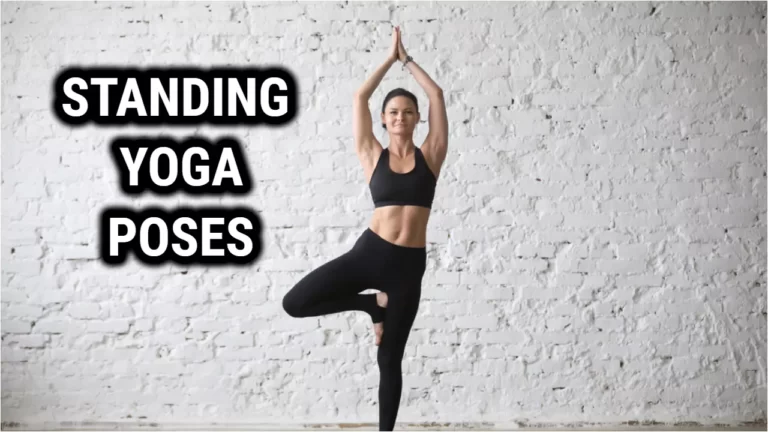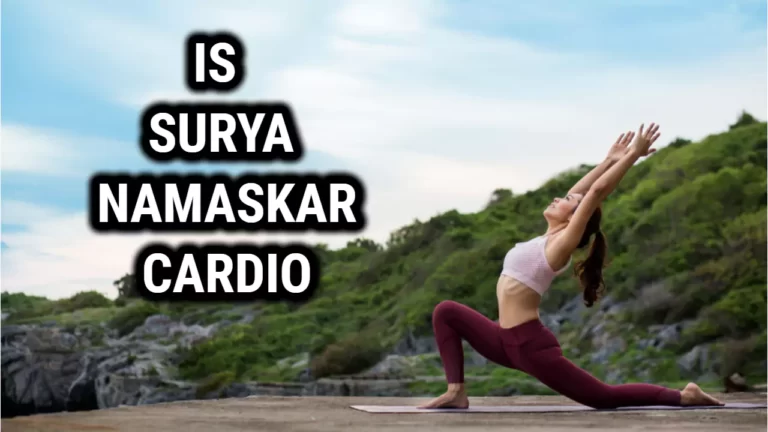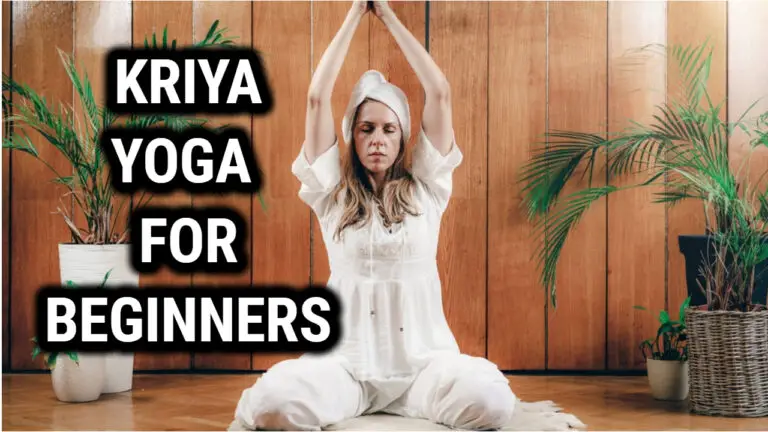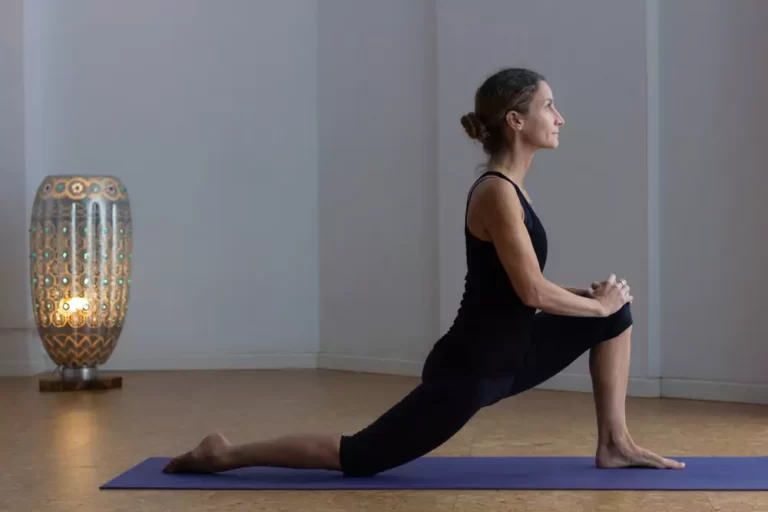9 Yoga Poses To Build Lean Muscle Mass
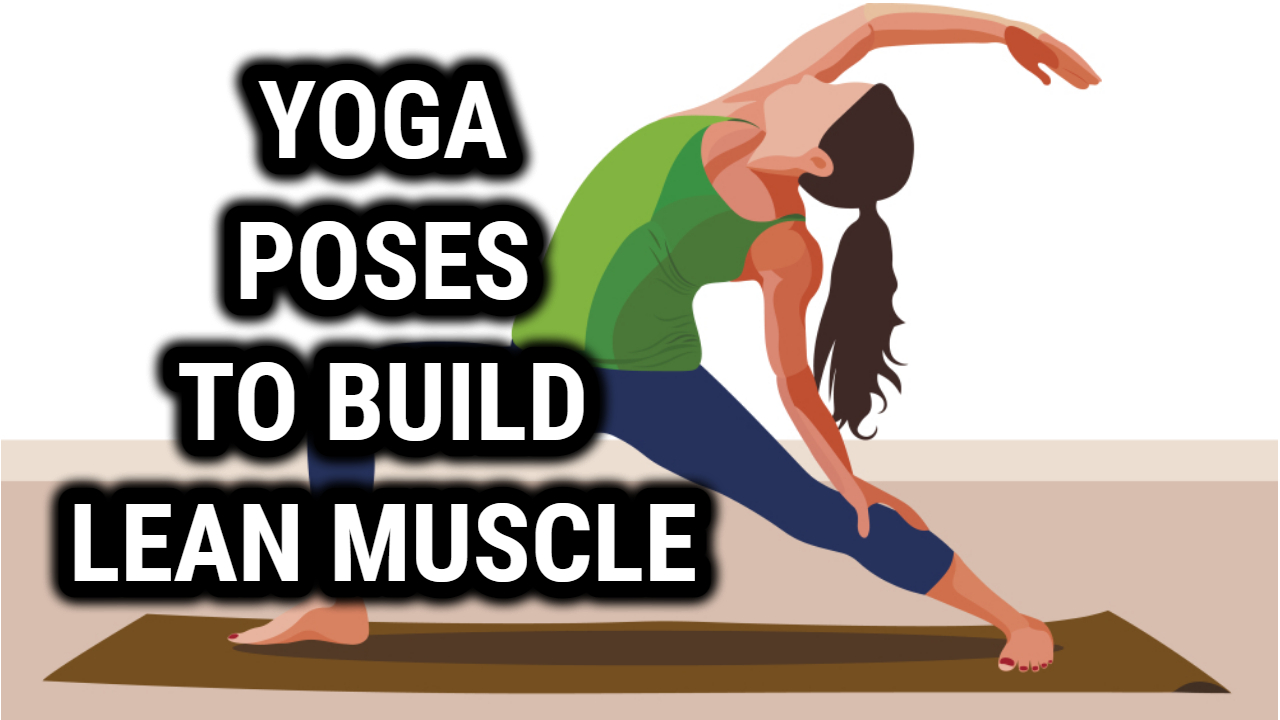
Many people turn to yoga to improve their flexibility, balance, and overall health. But can yoga also help build lean muscle mass? While yoga is not typically thought of as a muscle-building exercise, it can still be a valuable addition to a workout routine aimed at building muscle.
Yoga involves holding various poses that require strength, balance, and flexibility. These poses can engage and challenge different muscle groups throughout the body, leading to increased muscle tone and definition. However, it’s important to note that yoga alone may not be enough to build significant muscle mass.
Incorporating yoga into a strength training routine can help build lean muscle mass. Additionally, the mindfulness and breathing techniques practiced in yoga can help reduce stress and improve mental focus, which can also benefit overall fitness goals.
What is Lean Muscle Mass?
Lean muscle mass refers to the amount of muscle tissue in the body that is not accompanied by excess fat. It is a critical component of overall body composition, and having a higher percentage of lean muscle mass can be beneficial for various reasons.
For one, having more lean muscle mass can help increase metabolism, which allows the body to burn more calories even at rest. This can be particularly helpful for those looking to lose weight or maintain a healthy weight.
Additionally, having more lean muscle mass can help improve overall physical performance, as well as reduce the risk of injury. This is because muscles provide support to the joints and bones, helping to prevent strain and damage during physical activity.
Building and maintaining lean muscle mass is an essential part of a healthy lifestyle. While yoga can be a helpful addition to a fitness routine, it is important to engage in other forms of exercise, such as resistance training, to effectively build lean muscle mass.
The Benefits of Building Lean Muscle Mass Through Yoga
Increases Strength and Endurance
Yoga is a great way to build lean muscle mass, which can lead to increased strength and endurance. As you practice yoga, you’ll be holding poses for longer periods of time, which can help build muscular endurance. Additionally, many yoga poses require you to support your body weight, which can help build strength in your muscles.
Improves Posture and Balance
Yoga can also help improve your posture and balance. Many yoga poses focus on core strength, which can help support your spine and improve your posture. Many poses require you to balance on one foot or hand, which can help improve your overall balance and coordination.
Reduces Risk of Injury
Building lean muscle mass through yoga can also help reduce your risk of injury. As you build strength and endurance in your muscles, you’ll be better able to support your joints and prevent injury.
Boosts Metabolism
Finally, building lean muscle mass through yoga can help boost your metabolism. Muscle tissue burns more calories than fat tissue, so the more lean muscle mass you have, the more calories you’ll burn at rest. Yoga can help reduce stress, which can also help boost your metabolism.
Building lean muscle mass through yoga can have a number of benefits for your overall health and well-being. By incorporating yoga into your fitness routine, you can improve your strength, endurance, posture, balance, and metabolism, while reducing your risk of injury.
How Yoga Builds Lean Muscle Mass
Resistance Training
Yoga can be an effective form of resistance training, especially for beginners. Practicing yoga poses that require holding the body in certain positions for an extended period of time can help build lean muscle mass. For example, holding a plank pose or a warrior pose can help strengthen the chest, arms, and legs.
Isometric Contractions
Yoga also involves isometric contractions, which can help build lean muscle mass. Isometric contractions occur when the muscles are contracted without moving the joints. In yoga, poses such as the chair pose or the boat pose require isometric contractions, which can help strengthen the muscles in the legs, core, and arms.
Muscle Activation
Yoga can also help activate muscles that are often overlooked in other forms of exercise. For example, yoga poses such as the downward-facing dog or the upward-facing dog can help activate the muscles in the back, which are often neglected in other forms of exercise.
Flexibility Training
Flexibility training is an important component of building lean muscle mass. Yoga can help improve flexibility by stretching the muscles and increasing range of motion. This can help prevent injury and improve overall performance in other forms of exercise.
In summary, yoga can be an effective way to build lean muscle mass. By incorporating resistance training, isometric contractions, muscle activation, and flexibility training into a yoga practice, individuals can build lean muscle mass while also improving their overall health and wellness.
9 Yoga Poses for Building Lean Muscle Mass
Yoga is a great way to build lean muscle mass. Here are nine yoga poses that can help you build muscle:
1. Downward Facing Dog
Start on your hands and knees, with your hands shoulder-width apart and your knees hip-width apart. Lift your hips up and back, straightening your arms and legs. Keep your head and neck relaxed, and press your heels towards the ground. This pose is great for building strength in your arms, shoulders, and core.
2. Warrior I
Start in a lunge position, with your right foot forward and your left foot back. Turn your left foot out at a 45-degree angle. Lift your arms up overhead, and bend your right knee so that it is directly over your ankle. This pose is great for building strength in your legs and core.
3. Warrior II
Start in a lunge position, with your right foot forward and your left foot back. Turn your left foot out at a 90-degree angle. Raise your arms to shoulder height, and gaze over your right hand.
4. Chair Pose
Stand with your feet together, and bend your knees as if you are sitting in a chair. Lift your arms up overhead, and keep your chest lifted. This pose is wonderful for building strength in your legs.
5. Plank Pose
Start in a push-up position, with your hands shoulder-width apart and your feet hip-width apart. Keep your body in a straight line from head to heels. This pose is nice for gaining strength in your arms, shoulders, and core.
6. Upward Facing Dog
Lie face down on the ground, with your hands under your shoulders. Press into your hands, and lift your chest up off the ground. Keep your legs straight and your toes pointed. It is great for building strength in your arms, shoulders, and core.
7. Dolphin Pose
Start on your hands and knees, with your forearms on the ground. Lift your hips up and back, so that your body forms an inverted V-shape. Helps in building strength in your arms and shoulders.
8. Crow Pose
Squat down with your feet hip-width apart, and place your hands on the ground in front of you. Lift your feet off the ground, and balance on your hands.
9. Tree Pose
Stand with your feet together, and lift your right foot up to rest on your left thigh. Press your foot into your thigh, and bring your hands together in front of your heart. Helps in strengthening your legs and core.
By incorporating these yoga poses into your regular workout routine, you can build lean muscle mass and improve your overall strength and flexibility. Remember to always listen to your body and modify poses as needed to avoid injury.
How to Incorporate These Poses into Your Workout Routine
Now that you know the 9 yoga poses that can help you build lean muscle mass, it’s time to incorporate them into your workout routine. Here are some tips to help you get started:
1. Warm up before starting the yoga routine: It’s important to warm up your muscles before starting any workout routine. You can do some light cardio or stretching exercises to get your blood flowing and muscles warmed up.
2. Choose the right time of day: You can do these yoga poses at any time of the day, but it’s best to do them when you have the most energy. For some people, that might be in the morning, while for others, it might be in the evening.
3. Start with a few poses: If you’re new to yoga, start with a few poses and gradually increase the number of poses as you get more comfortable. You can start with the easier poses and gradually move on to the more challenging ones.
4. Incorporate yoga into your regular workout routine: You can do these yoga poses as a standalone workout or incorporate them into your regular workout routine. For example, you can do them in between sets of weightlifting exercises or after a cardio workout.
5. Don’t overdo it: It’s important to listen to your body and not overdo it. If a pose feels uncomfortable or painful, stop and move on to the next one. You can always come back to it later when you’re more comfortable.
6. Consistency is key: Like any workout routine, consistency is key. Try to do these yoga poses at least 2-3 times a week to see the best results.
These yoga poses in your workout routine, can build lean muscle mass, improve your flexibility, and reduce the risk of injury. Remember to listen to your body, start slowly, and be consistent. With time and practice, you’ll be able to master these poses and achieve your fitness goals.
Conclusion
Yoga is a great way to build lean muscle mass and tone your body. By incorporating these nine yoga poses into your workout routine, you can target specific muscle groups and see results in a matter of weeks.
While yoga can help you build muscle, it is important to remember that it is not a substitute for traditional strength training exercises. If you are looking to build significant muscle mass, you may want to consider incorporating weightlifting or other forms of resistance training into your routine.
Yoga is a great way to improve your overall fitness and well-being. By focusing on building lean muscle mass, you can achieve a toned and sculpted physique while also reaping the many mental and physical benefits of this ancient practice.


